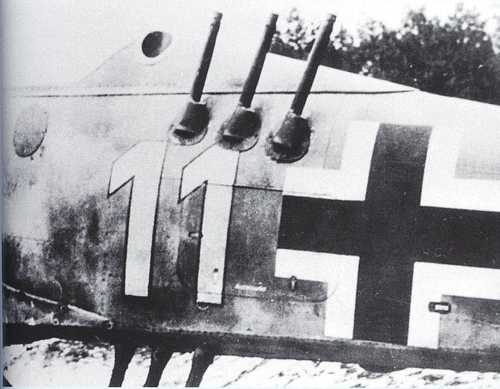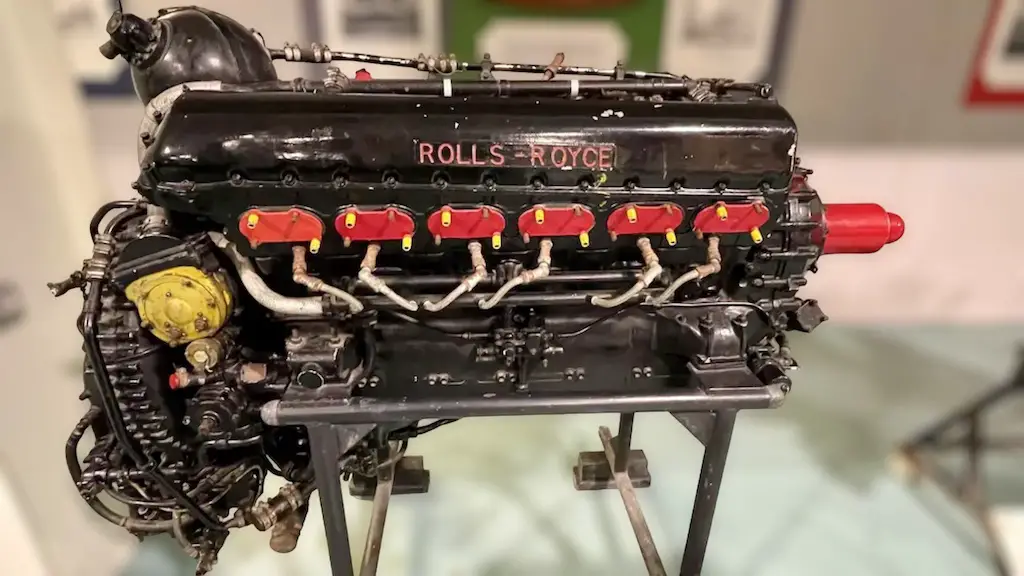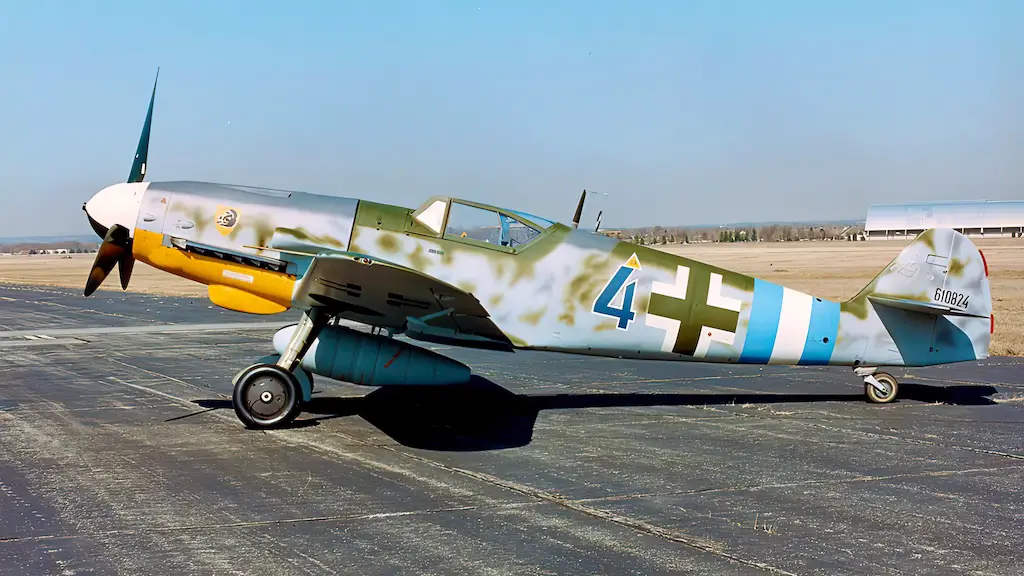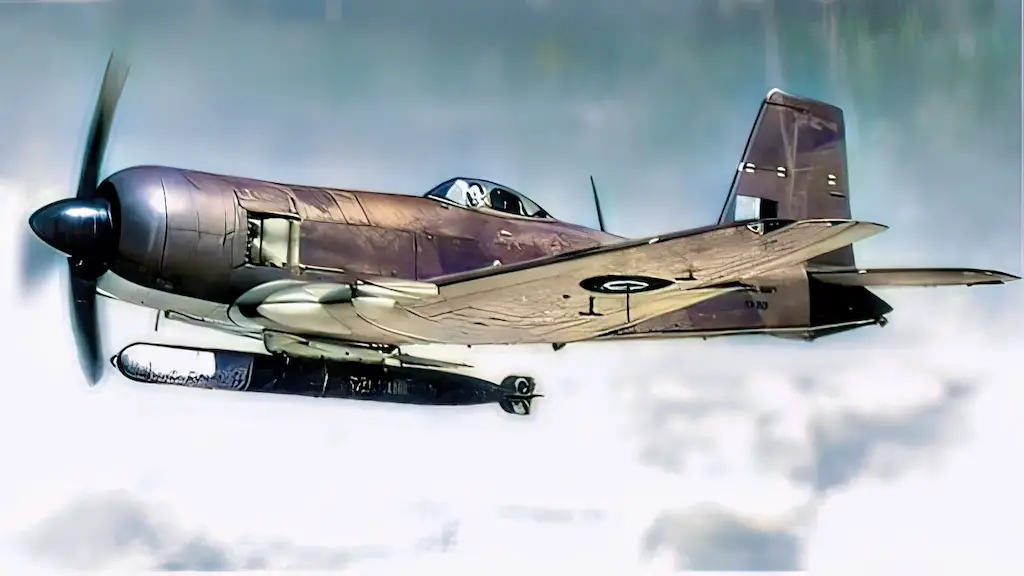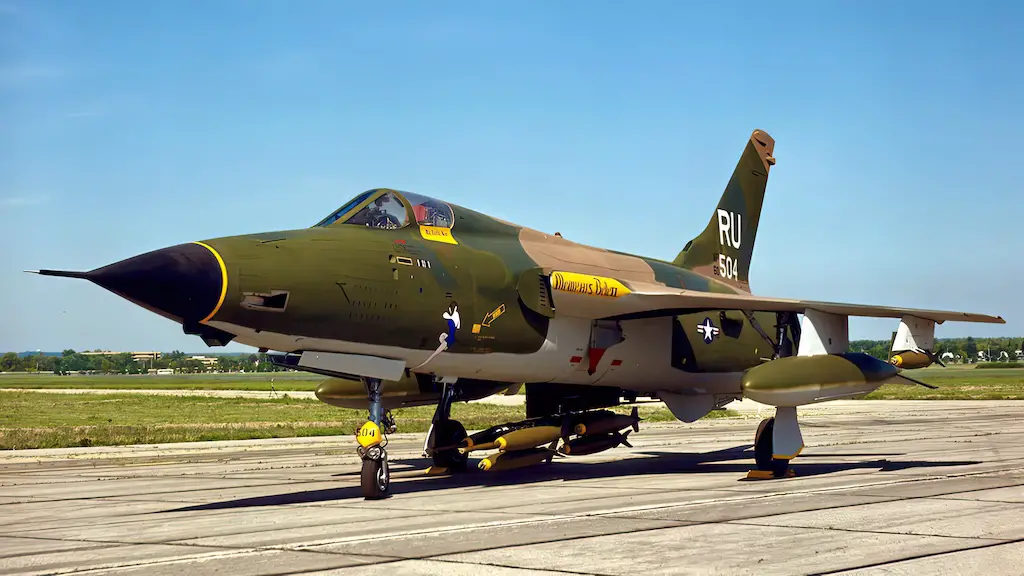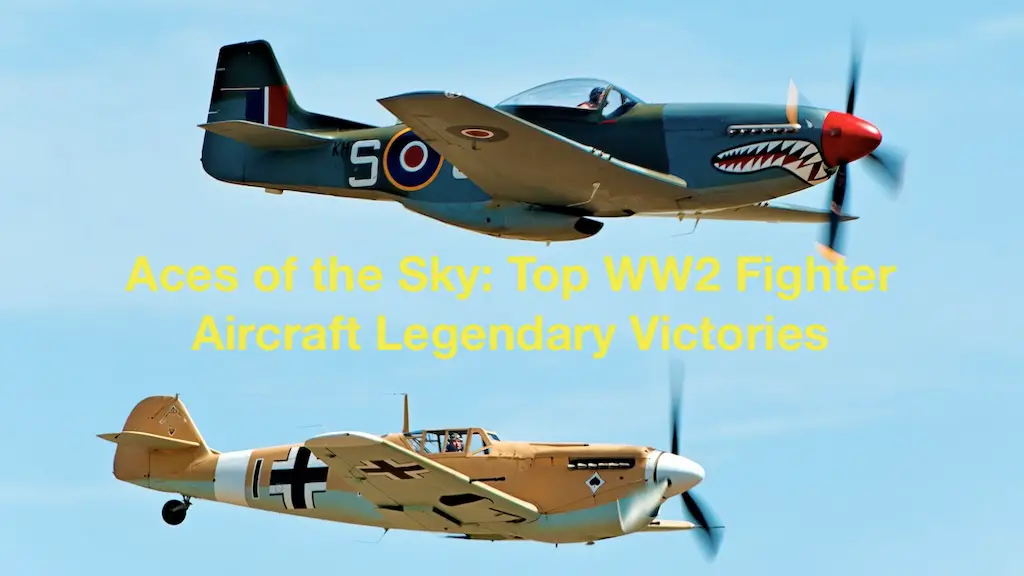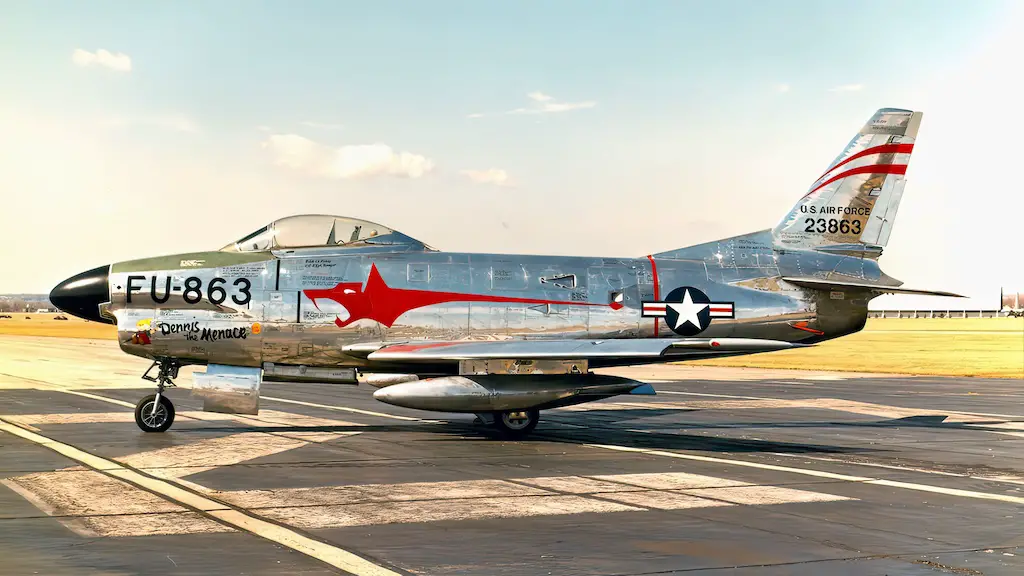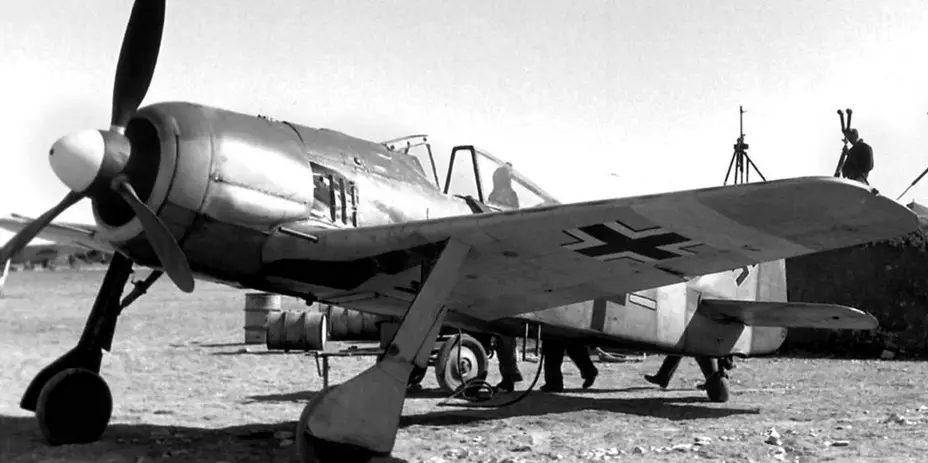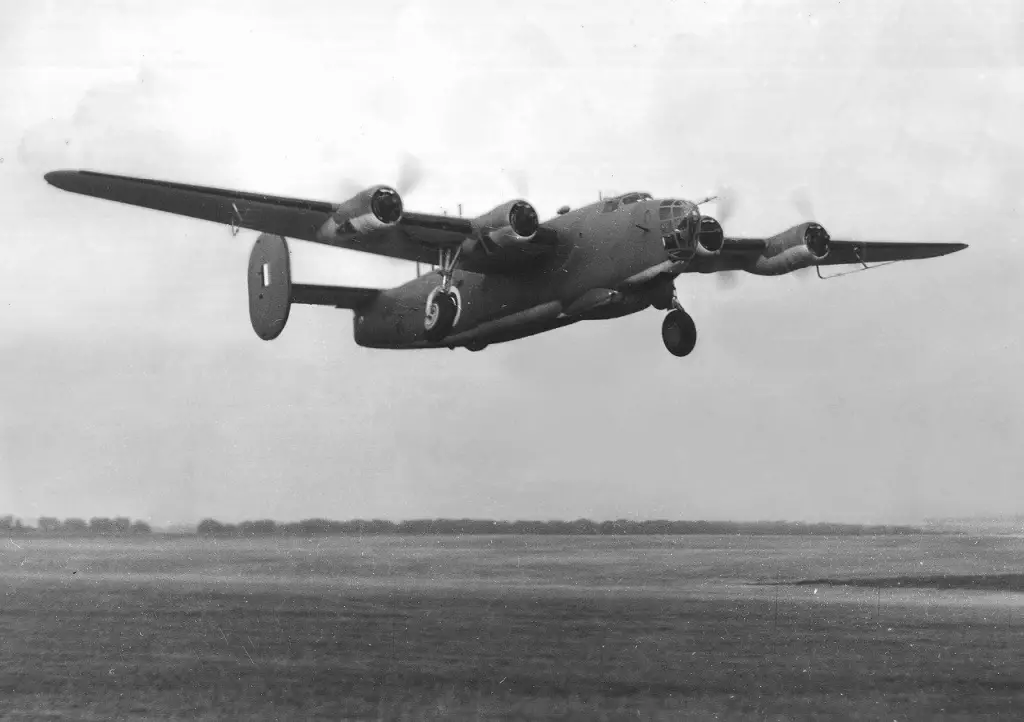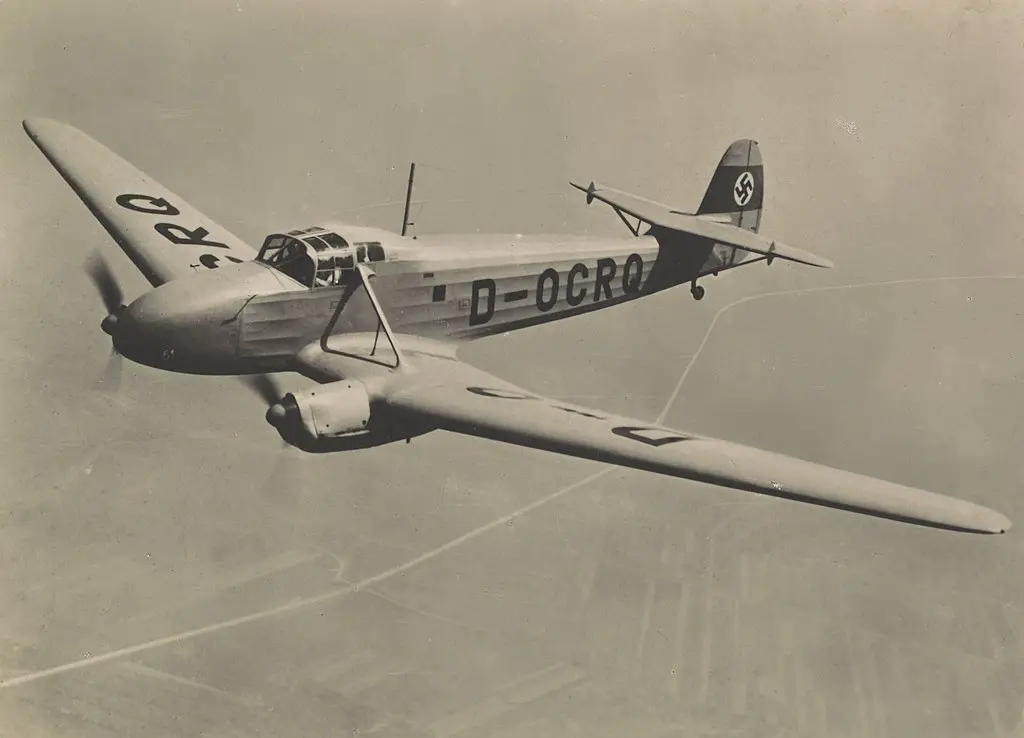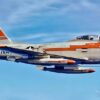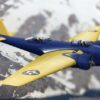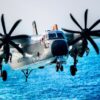Between 1942 and 1945 the Allies subjected Germany to a fierce strategic bombing campaign. Raids involving hundreds of long-range bombers wreaked havoc upon industrial sites across the country. The Luftwaffe and German air defenses were doing their best to counter the threat, but the scale of bombing and the destruction produced by it were growing.
German engineers went out of their way to invent new weaponry that would give the Luftwaffe an edge in aerial warfare. One avenue of this work was the development of first jet-powered fighters. Another — use of rocket-propelled mortar shells against the bombers. But there were also some pretty bizarre weapons and contrivances aimed at maximizing the damage brought by German fighter aircraft on the U.S. and British bombers.
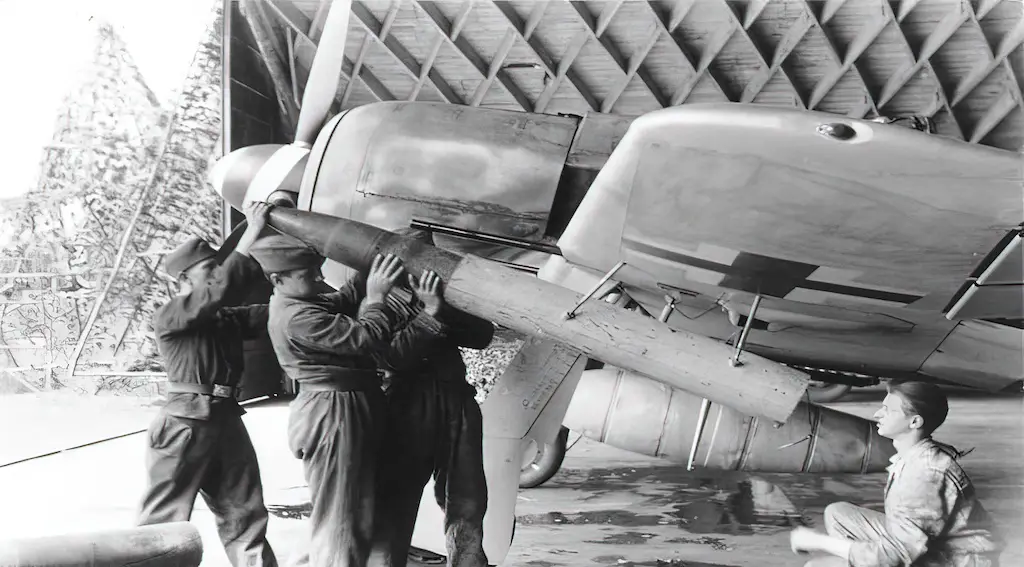
Special unit for testing ‘wonder-weapons’
A special unit, Erprobungskommando 25 (Test Command 25) was formed in Wittmundhafen in April 1943. It tested lots of things, including periscopes, acoustic fuzes, rearward-firing weapons, and chemicals. Some proposals came from civilians and other branches of the armed forces.
E.Kdo 25 pioneered the use of rockets originally intended for ground targets against flying bombers. They also experimented with air-to-air bombing and such devices as underwing mortars and towed bombs. Some of those inventions were complete failures. Some, like the so-called Ofenrohr (stovepipe) — an underwing mortar launcher — proved to be useful in combat.
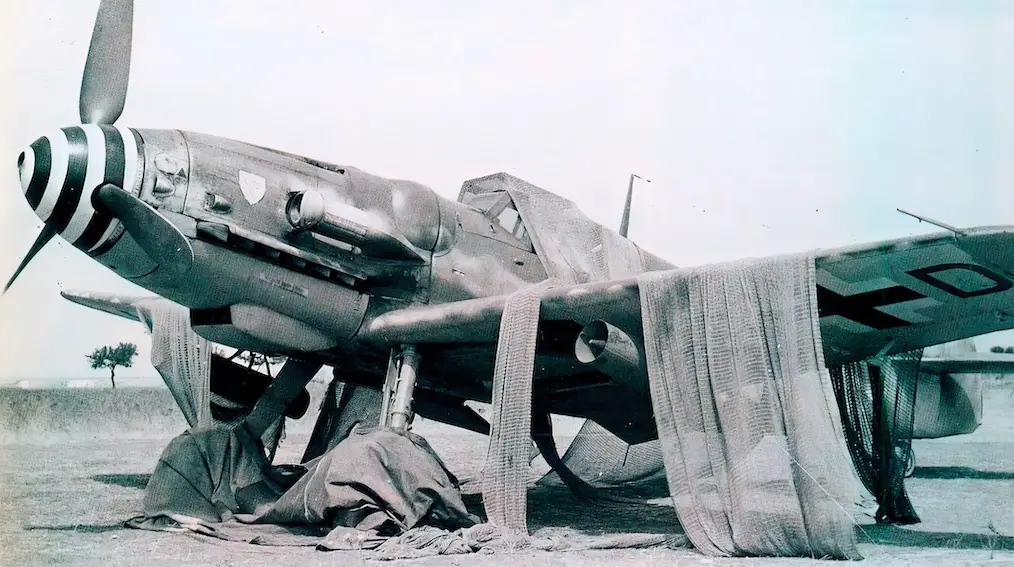
Chemicals for damaging engines and blinding crews
At first German engineers pinned hopes on the use of chemicals. Among the wildest suggestions in that area was combusting large amounts of fuels in atmosphere to artificially create strong squalls of air capable of destroying enemy bombers. It was rejected without even conducting any tests. The idea of spraying chemicals to clog bombers’ engines went a little further.
However, it was soon clear that the necessary amount of chemicals would be unrealistically huge. Dispersing chemicals over bombers’ windshields and gunners’ plexiglass blisters in order to blind crews seemed less wasteful, but that idea was not put to life either. The Luftwaffe leadership was concerned that the Allies could start using the same tactic.
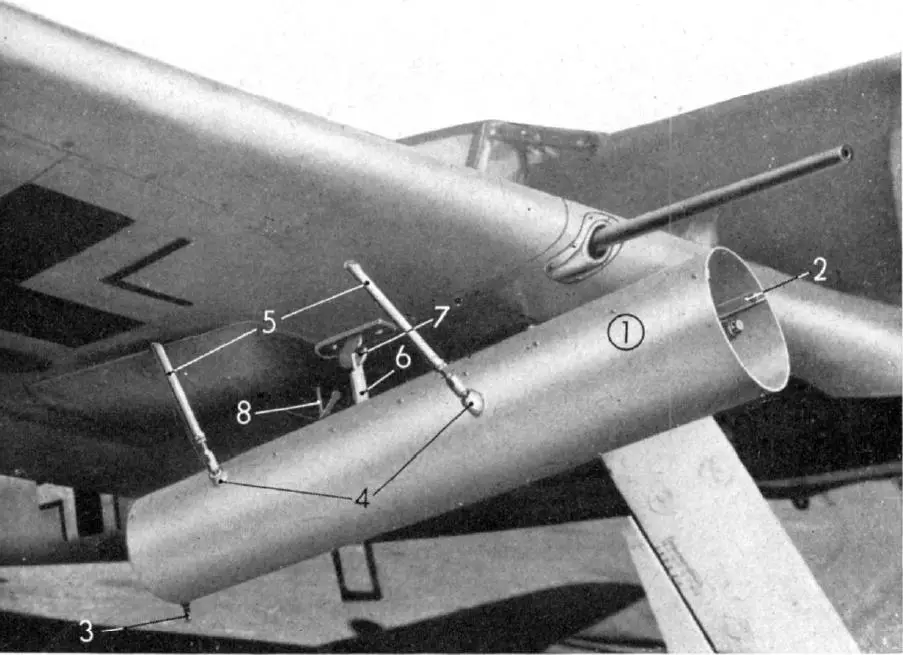
Cable bombs
In the summer of 1943 E.Kdo 25 started experimenting with various cable bombs. The idea was to tow a small bomb (either an explosive one, or just a weight) on a cable below an aircraft. A several hundred feet long cable stowed in a cylindrical container would be unreeled gradually in the flight. Its carrier would approach a bomber formation from the front, some 1,600 ft above it. Upon impact with a bomber a weak link in the cable would release it from the carrier.
The cable and the weight on its end were supposed to destroy the bomber’s engines and incapacitate it. After a series of more or less satisfactory tests cable bombs were used in combat, but with little success. According to a report from December 1943, a Fw 190 used a steel cable with a weight on its end against a B-24 Liberator. The cable tangled around the bomber’s nose. Two crewmembers got injured, and a bomb-bay door was torn away, but the plane was able to safely return to base.
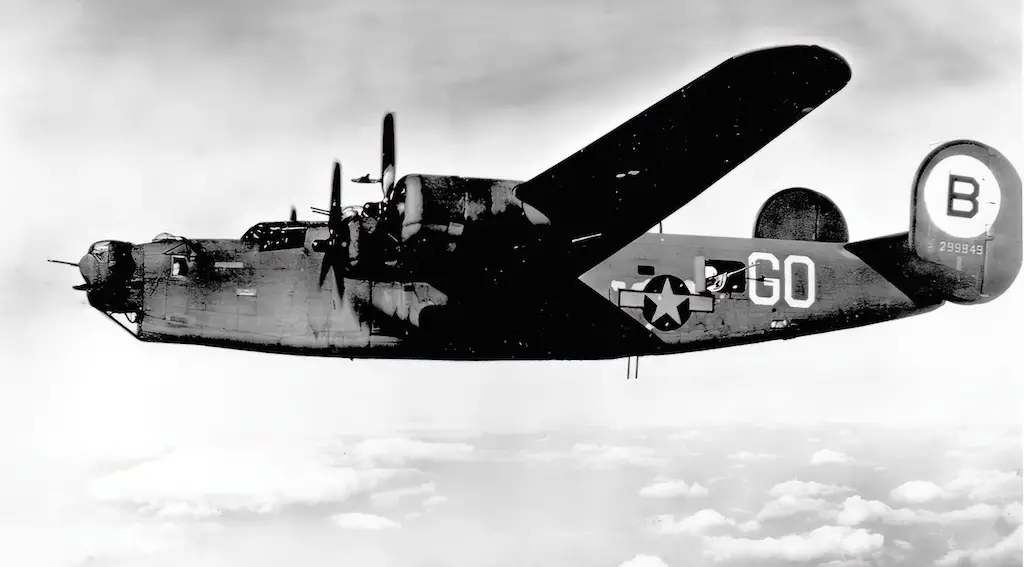
Clouds of fire
Another idea, similar to the previous one, was to drop on bomber formations strips of detonating cord, so called Nitropentaschnur made of Pentaerythritol tetranitrate. They would be dropped on the bomber formation in a head-on attack. Each strip would be slowed down by two small parachutes.
The cord was supposed to loop around a bomber’s wings and engines with the help of sharp-clawed anchors and then detonate. However, making the chords actually loop around wings and engines proved to more difficult than expected. The problem was never resolved, and the idea was ultimately abandoned.
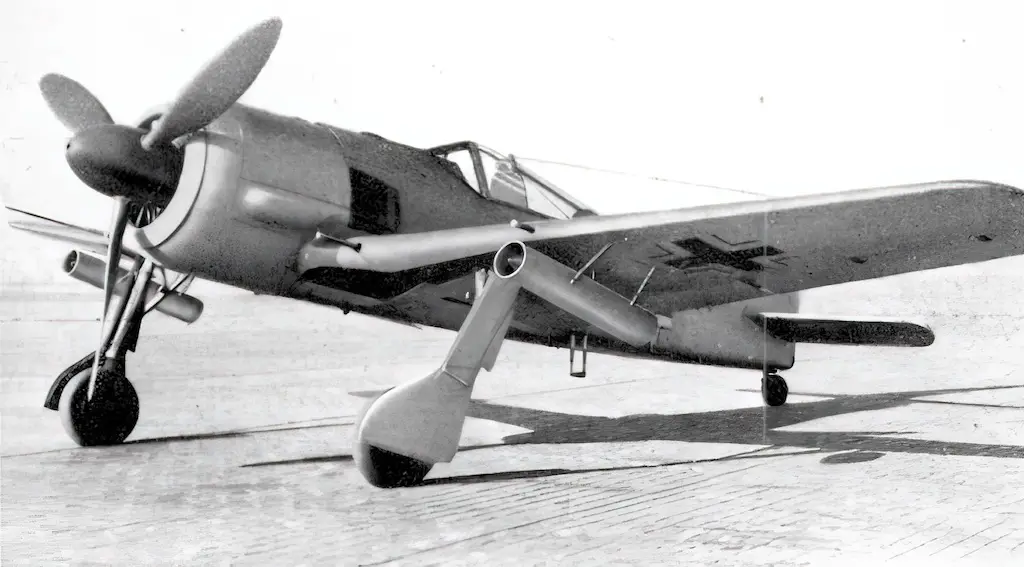
Optically-triggered vertical cannons
Among the last weapons tested by E.Kdo 25 was the SG 116 Zellendusche — a battery of optically-triggered recoilless 30mm cannons. It was installed into a fighter’s fuselage facing upward. Cannons were supposed to fire at a bomber’s belly as the fighter passed within 180 ft underneath it.
The cannons would fire automatically triggered by a photo-electric cell called Magisches Auge (Magic Eye), when overshadowed by the bomber’s silhouette. A number of Fw 190s were actually fitted with the system. One of them successfully hit a Fw 58 Weihe in a midair test. However, amid the scarcity of resources in the last war year, the project was never brought to real combat readiness.
